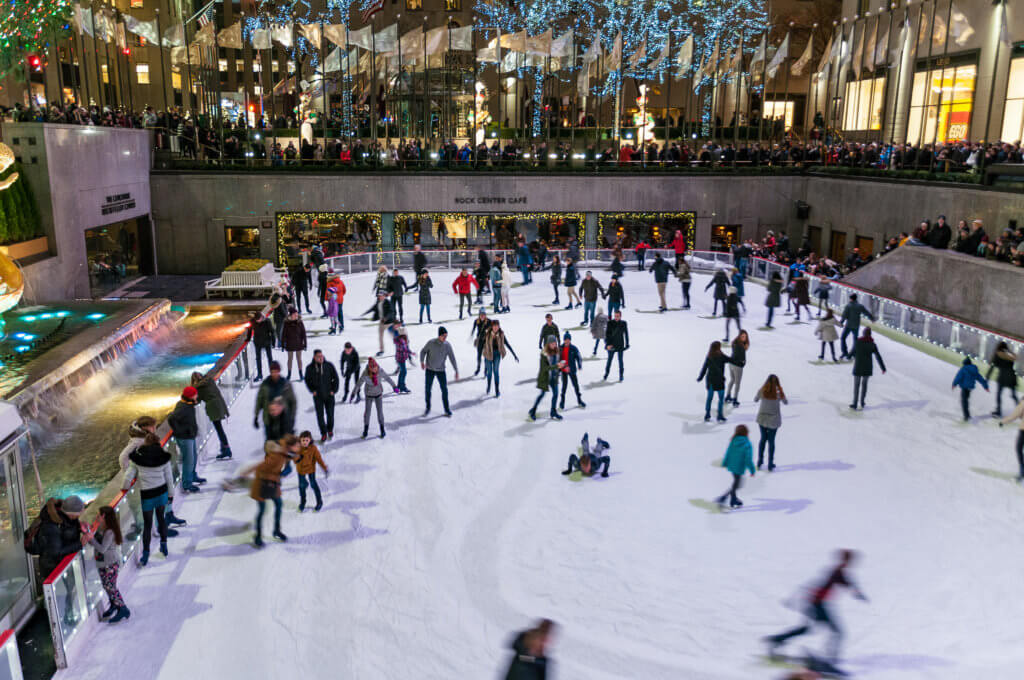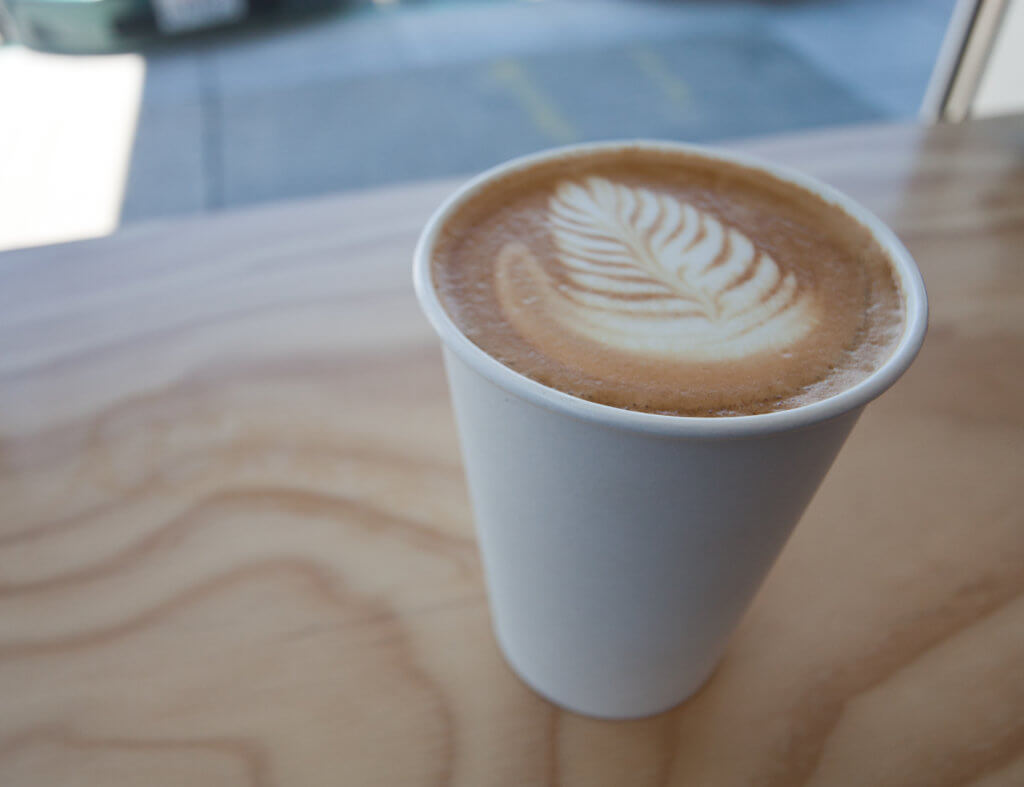When the weather turns cold, many people hide indoors, but there are plenty of ways to stay active during the winter months. Many winter activities are a good way to pass the time with family members (or to keep from getting stir crazy), including skating, sledding, hockey, skiing (or snowboarding. Hiking and walking are still possible if it’s not too icy out, and you can always find a gym for a game of basketball.

Cristina encourages families to have fun in the snow, suggesting snow fights, building snow forts, playing tug of war, and grabbing the sand toys (shovels, buckets and molds) for snow castles. For creative types, she advocates snow painting with bottles full of food coloring. (And if you’re not feeling so creative, see if there’s a snow or ice carving competition near you where you can walk through the sculptures and admire the creations of others.)
Foodies can pack a winter picnic, hiking to the perfect spot for toasted sandwiches, soup and hot chocolate or coffee. She also suggests embracing the local environment, taking a nature walk to look for animal tracks or nesting spots, or to discuss where melting snow would run off. Even better? Cristina reminds families that doing such activities is “a great opportunity to capture some winter landscapes and to make a family scrapbook.”

Mark notes that even sports like tennis — or “any games that involve running around,” like football or soccer — can be played outside even in cold weather. Just make sure that there is no snow or ice on the ground where you’re planning to play, and dress warmly, keeping the majority of your body covered in order to avoid frostbite.
Cristina agrees that frostbite is a major concern; even if you’re going out for a walk around the neighborhood, she recommends covering the hands, feet and ears. Speaking of feet, if your area is icy, make sure to wear shoes with traction to avoid falls, and waterproof boots if it’s wet and/or cold. (If it’s really dipping into the low temperatures, think about wearing shoes that are a half or full size bigger than your everyday shoes to make room for an extra pair of socks.)

And, as with any activity, be careful! Mark cautions would-be skiers and snowboarders to wear the proper gear on the slopes and to be aware of those around you; both sports have high rates of broken bones, concussions and injuries, which is why helmets and pads are a key part of your gear on the mountain. Pay attention to how your extremities feel (or don’t feel), particularly if you have decreased sensation in your fingers and toes, in order to avoid frostbite. And don’t forget to drink water — it’s just as important to stay hydrated in the colder temps as it is in the summer.
Thank you to our contributors:

Cristina Martinez Faucheux, PT, is a physical therapist and partner at Moreau Physical Therapy, a Physiquality network clinic with six locations throughout the Baton Rouge area in Louisiana. She is also a clinical instructor of future physical therapists at such institutes of higher learning as Louisiana State University and the University of St. Augustine.

Mark Salandra, CSCS, is the founder of StrengthCondition.com, one of Physiquality’s partner programs. Salandra educates and trains athletes young and old in strength and conditioning, with the goals of better fitness and lower rates of injury.
“Blue Bottle Coffee” by Neil Conway is licensed under CC BY 2.0.
“Ice skating At Rockefeller Center” by bvi4092 is licensed under CC BY 2.0.